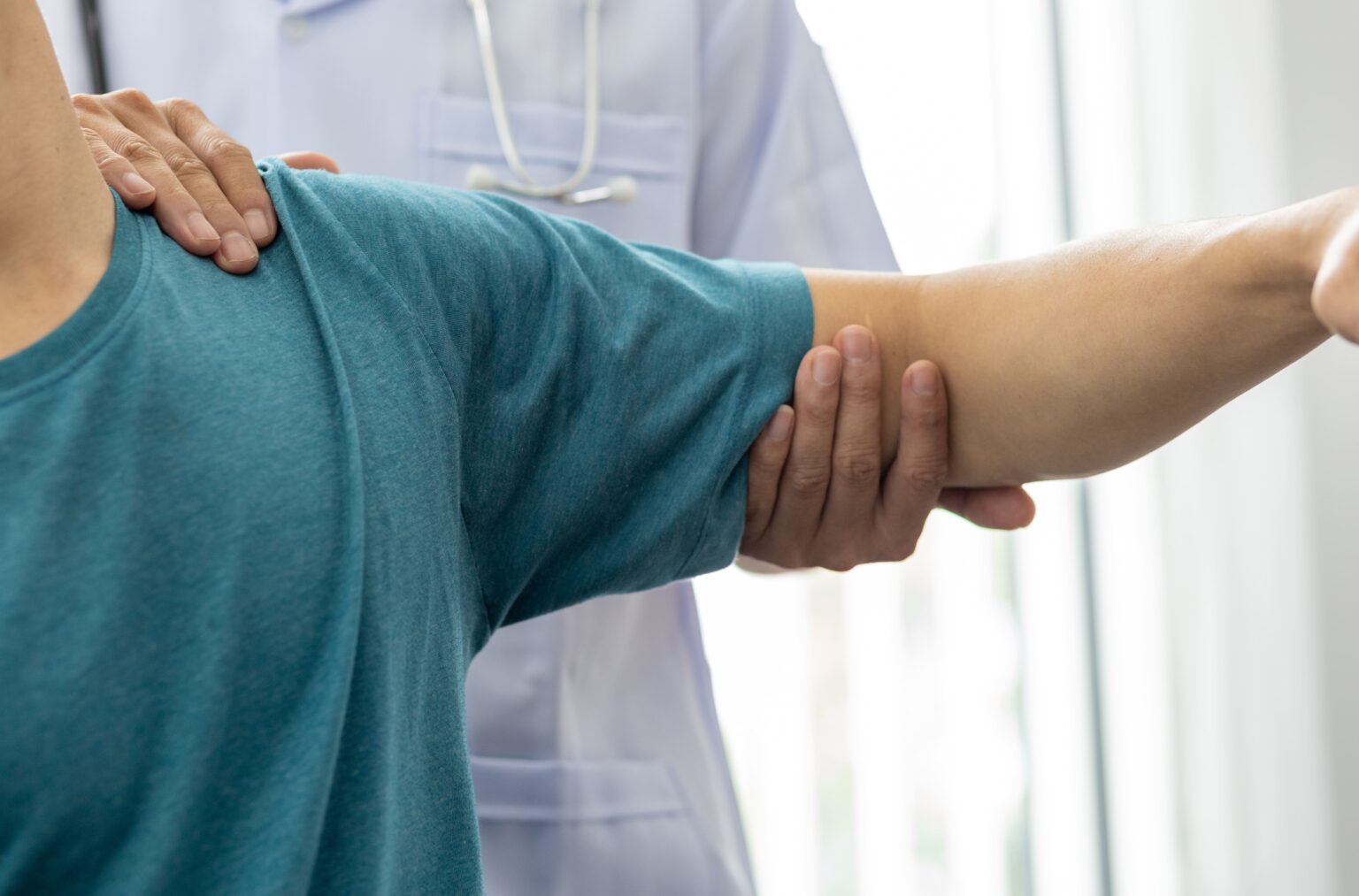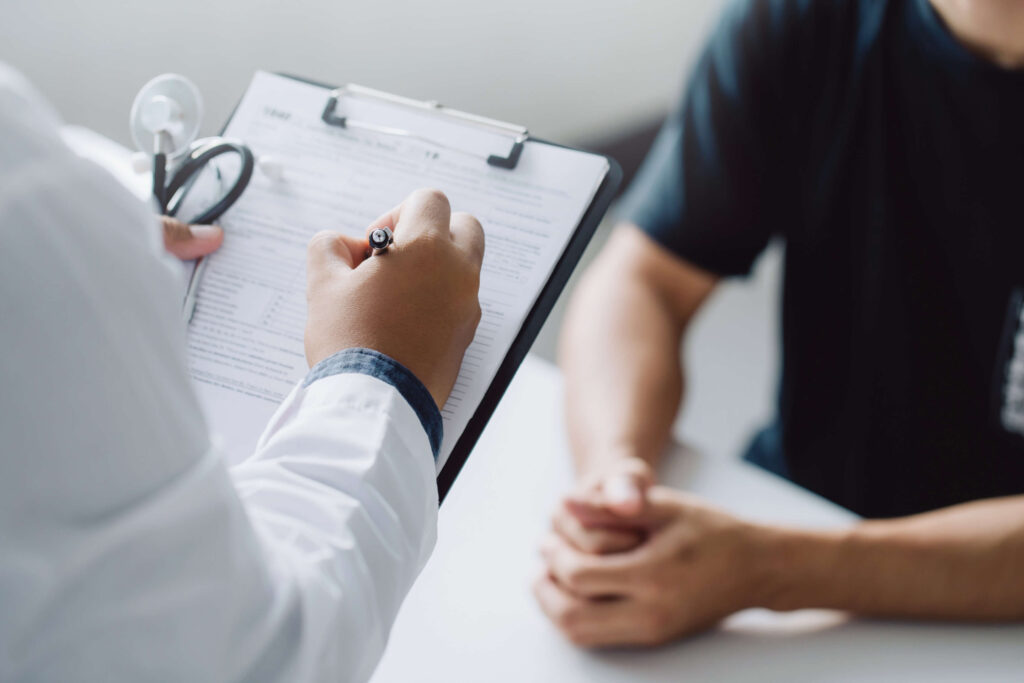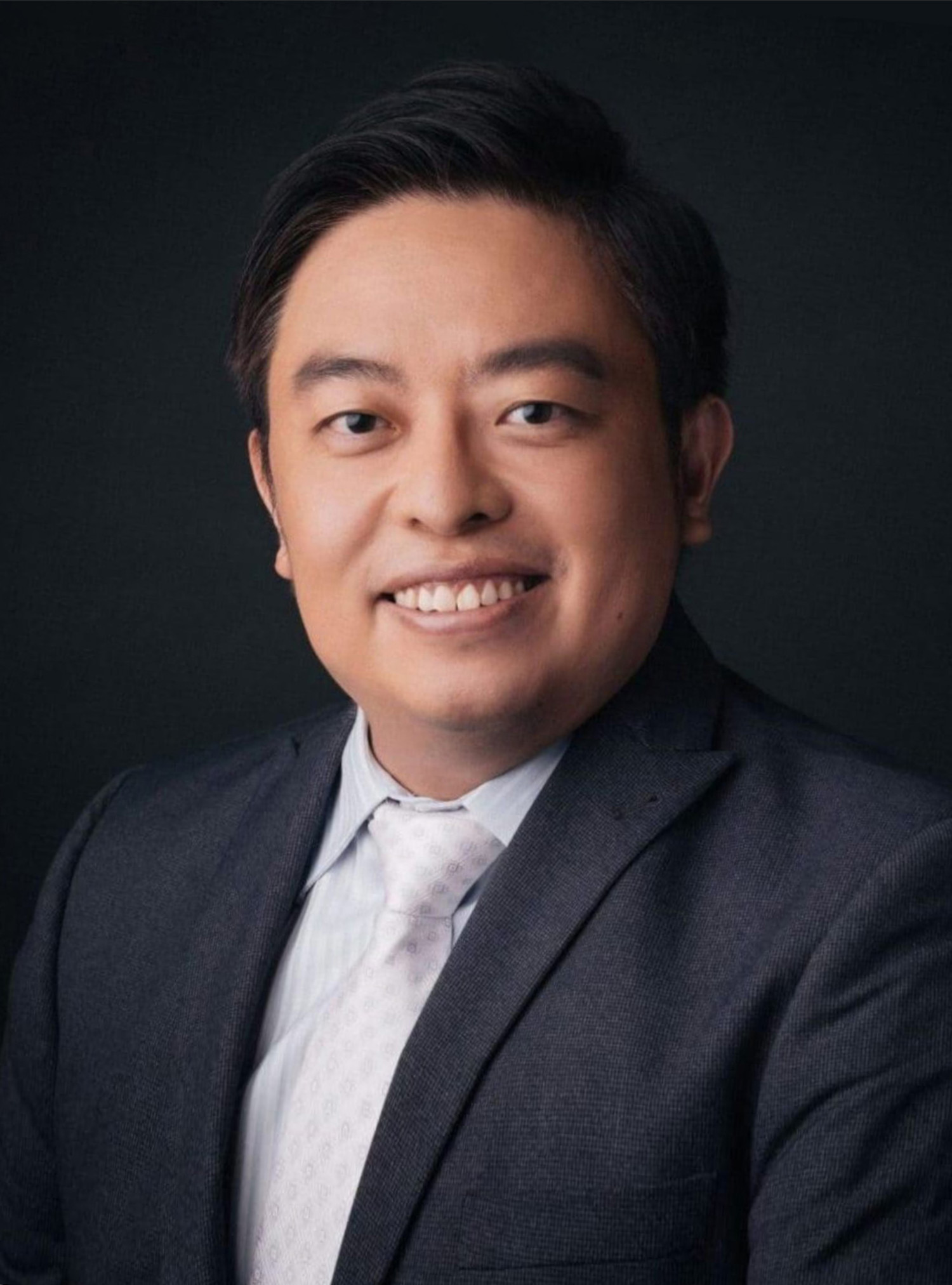Schedule An Appointment With Us
Are Your Symptoms Affecting Your Quality Of Life?
Consult our MOH-accredited orthopaedic specialist for an accurate diagnosis & personalised treatment plan today.

MBBS (S’PORE)
MRCS (Ireland)
MMed (Ortho)
FRCSEd (Ortho)

Arthroscopic labral repair is a surgical procedure used to treat tears in the labrum of the shoulder joint.
The labrum, a ring of cartilaginous tissue that encircles the shoulder socket, serves to stabilise the joint and support a wide range of motion. The primary goal of arthroscopic labral repair is to reattach the torn labrum to the shoulder socket’s bone, restoring the joint’s stability and function.
The labrum can tear due to various reasons, including shoulder dislocation, chronic shoulder instability, overuse injuries (common in athletes, particularly those involved in overhead sports), or degenerative changes in older adults. The following scenarios typically necessitate an arthroscopic labral repair:
Preparation for arthroscopic labral repair surgery is a critical step in ensuring a successful outcome. Here are key considerations for patients undergoing this procedure:


An arthroscopic labral repair is generally performed as an outpatient procedure, meaning the patient can go home on the same day.
The success of the surgery is significantly influenced by the patient’s commitment to the rehabilitation process and adherence to postoperative guidelines.
Schedule An Appointment With Us
Consult our MOH-accredited orthopaedic specialist for an accurate diagnosis & personalised treatment plan today.

MBBS (S’pore)
MRCS (Ireland)
MMed (Ortho)
FRCSEd (Ortho)
Dr Kau (许医生) is a Fellowship trained Orthopaedic Surgeon with a subspecialty interest in Hip and Knee surgery and has been in practice for more than 15 years.
He is experienced in trauma and fracture management, sports injuries, and joint replacement surgery.
If you have any enquiry, please do get in touch. Leave us a message and we will get back to you shortly.
For Singaporeans, Singapore Permanent Residents and Foreigners.
Please speak to our friendly clinic staff about using your insurance plans.

Full recovery from arthroscopic labral repair can take several months. The initial healing phase typically lasts for 4 to 6 weeks, during which time activities are limited and a sling is often used. Gradually, patients return to normal activities, with a complete return to sports or strenuous activities taking up to 6 months or longer.
Many patients can return to sports after arthroscopic labral repair, but the timeline varies. A gradual return to sports-specific activities is usually initiated after the initial recovery period, often under the guidance of a physical therapist. The final decision to return to sports should be made in consultation with the orthopaedic surgeon, based on the patient’s progress and the specific demands of the sport.
Yes, physical therapy is a crucial part of the recovery process. It typically starts with gentle range-of-motion exercises and progresses to more advanced strengthening exercises. The specific rehabilitation protocol may vary based on the orthopaedic surgeon’s preference and the patient’s individual needs.
Patients may experience pain after the surgery, but it is typically manageable with medications prescribed by the orthopaedic surgeon. The level of pain varies among individuals but generally decreases significantly within the first few weeks after surgery.